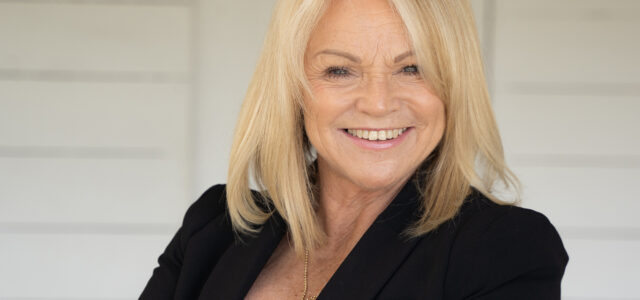
Mind Matters
To talk or not to talk, that is the question. There are different levels of talking therapy, all very different in their approach, writes therapeutic coach Lynn Scholes
Talking therapies, counselling and psychotherapy have become more and more mainstream over the past few years. The challenges faced by us all on a day to day basis, create an unprecedented levels of stress and anxiety, so we need to find a safe space in which to offload. That space offers an opportunity to unpick what often feels like a tsunami of issues and get a better perspective on what we need to do to help ourselves.
There are different models of talking therapy, the most popular ones in counselling are Cognitive Behavioural Therapy (CBT) and Person Centred Counselling (PCC).
It saddens me enormously when people explain that they have had counselling in the past and it didn’t work. There can be a number of reasons why this may be the case, but so often it is because the model on offer is not a fit for them.
CBT and PCC each have distinct theoretical underpinnings and methodologies. Here are the key differences between them:
• CBT is grounded in the idea that our thoughts, feelings and behaviours are interconnected, and that negative patterns of thinking can contribute to psychological distress. It focuses on identifying and challenging these patterns to promote change.
• PCC, on the other hand, is based on humanistic psychology principles, emphasising the importance of empathy, unconditional positive regard and genuineness in the therapeutic relationship. It believes that individuals have the capacity for self-awareness and self-direction, and the role of the therapist is to facilitate this process.
FOCUS AND GOALS:
• CBT aims to alleviate symptoms by targeting specific problematic thoughts and behaviours. It focuses on changing cognitive distortions and maladaptive behaviours through techniques such as cognitive restructuring, behavioural experiments and exposure therapy.
• PCC prioritises personal growth and self-actualisation, with the goal of helping clients develop a greater sense of self-acceptance, self-understanding and authenticity. It focuses on creating a safe and supportive environment for clients to explore their emotions and experiences without judgment.
ROLE OF THE THERAPIST:
• In CBT, the therapist takes on an active, directive role, providing structured interventions and teaching clients practical skills to manage their symptoms. The therapeutic relationship is important but tends to be more focused on collaboration and problem-solving.
• In PCC, the therapist adopts a more non-directive approach, allowing clients to lead the sessions and determine the direction of their own exploration. The therapist serves as a facilitator, offering empathy, support and reflection to help clients gain insight into their experiences.
TIME FRAME:
• CBT is often more structured and time-limited, typically consisting of a set number of sessions focused on achieving specific treatment goals within a relatively short period.
• PCC tends to be more open-ended, with therapy sessions continuing for as long as the client finds them beneficial. It allows for a more flexible and organic exploration of the client’s inner world and personal growth journey.
APPLICABILITY:
• CBT has been extensively researched and shown to be effective for various mental health conditions, including depression, anxiety disorders and PTSD.
• PCC is not as protocol-driven and may be more suitable for individuals seeking personal development, self-exploration, or those who prefer a less structured therapeutic approach.
In summary, while both CBT and PCC aim to promote psychological wellbeing, they differ in their theoretical foundations, techniques and approach.
The choice between them depends on the client’s preferences, treatment goals and the nature of their presenting concerns. I had one client who founded the experience of Person Centred Counselling caused her stress and anxiety. She worried all week about what she was going to speak about. We took a CBT approach and she thrived and succeeded in reaching her therapy goals.
As a therapist I see strengths and weaknesses in both forms of therapy and therefore offer a multi-model approach aligned to the client sitting in front of me.
If you are one of those for whom therapy hasn’t worked in the past ask yourself three questions:
• Were you ready to make the journey and address the issues?
• Did you ‘connect’ with the therapist and feel total trust in them?
• Based on the above, was the model of therapy right for you?
If the answer to any of these questions is ‘no’ and you still have stress or anxiety or psychological issues that affect your everyday life, please consider another course of talking therapy, with the right therapist and the right form of therapy.
Lynn Scholes is a writer, therapeutic coach, trainer and speaker working with individuals and companies.
To find out more contact Lynn on 07753 579745 or go to: focus101.co.uk

